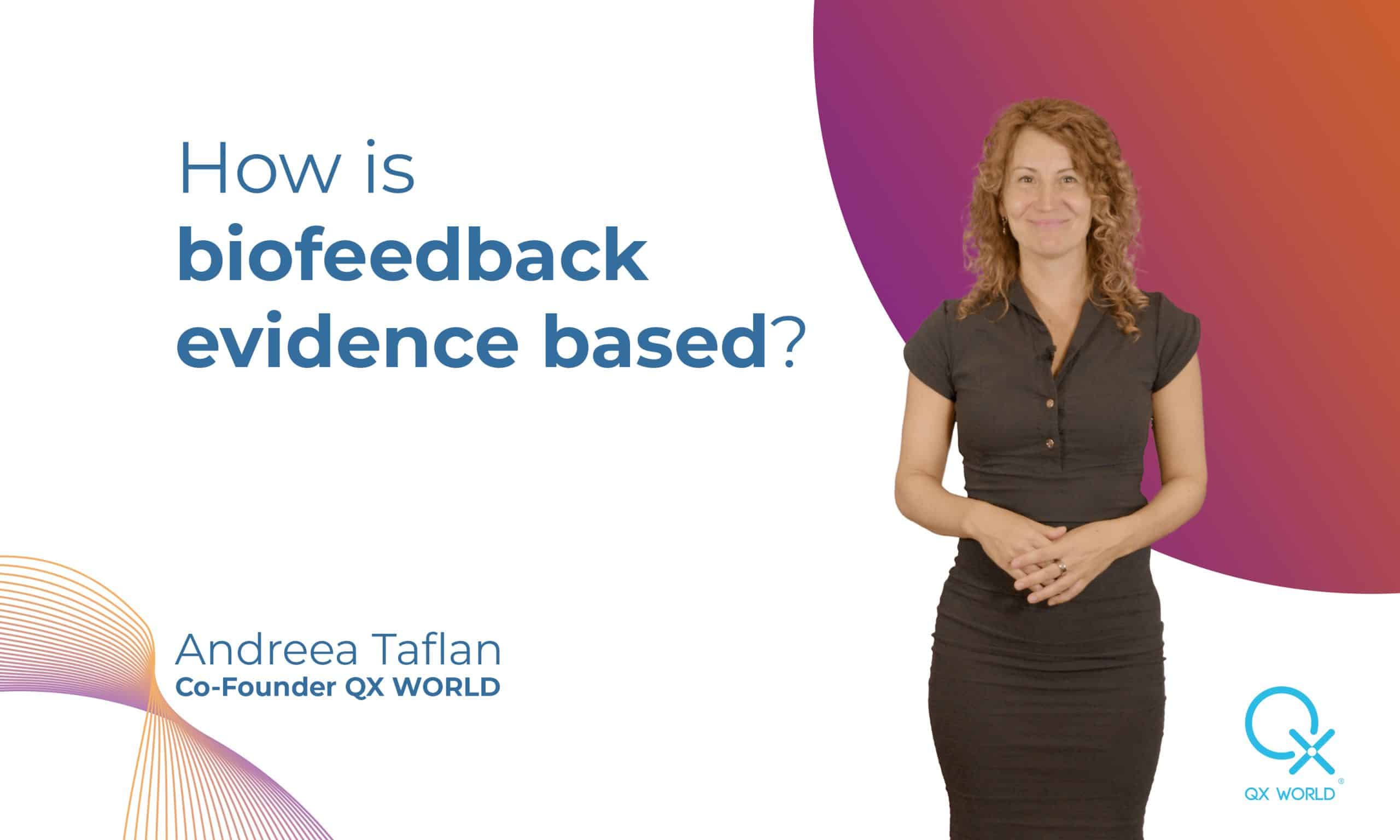
Because there has been little financial backing by the healthcare industry so far, biofeedback technology had a tough time finding a mainstream audience. Fortunately, change is happening. An increasing number of studies provide evidence that biofeedback can indeed work wonders for people suffering from various conditions.
Biofeedback is becoming more recognized by doctors as research keeps revealing conditions for which it can be effective. Below we provide a (non-exhaustive) overview of conditions which biofeedback is proven to help alleviate.
Allergies are essentially an overreaction. They occur when the immune system is out of balance, causing the body to produce more antibodies than needed. Research by Jaber suggests that quantum biofeedback devices can help re-educate the immune system.
Biofeedback sessions can also help reduce blood pressure, according to a 2021 study by Costa Vital.
Biofeedback enables you to better handle stress and anxiety, Biondi & Valentini conclude in their 2004 study. If the biofeedback therapist uses a quantum biofeedback device, handling stress and anxiety becomes even easier. After all, quantum biofeedback focuses on the unconscious parts of the organism and the autonomic nervous system.
In people with ADHD and certain types of learning difficulties, the frontal and parietal lobes – the parts of the brain that enable us to organize, concentrate, and process sensory information – work differently. In 2020, Arns deemed biofeedback a valid method to help children with ADHD. Specifically, quantum biofeedback devices attempt to re-educateset brainwaves that are out of balance.
Several studies, including one by Chrousos & Boschiero in 2019, show that biofeedback can help with chronic pain, and improve various pain-related issues such as low back pain, abdominal pain, joint pain, … and even fibromyalgia, in people of all ages. By teaching you to identify abnormal tightening of the muscles and how to relax those muscles, biofeedback sessions can help relieve discomfort both as a standalone and a complementary intervention.
While no official cure for migraine exists yet, Šecić, Cvjeticanin & Bašić Kes (2016) found that the symptoms can be managed through biofeedback. Biofeedback mostly focuses on the type of migraine attacks triggered by stress.
Did you know nicotine calms you down? Some doctors even compare it to popular tranquilizers such as Valium. Just like most drugs, however, nicotine leaves you feeling worse once you stop using it. While smoking may relax you, trying to overcome a smoking habit is likely to make you feel anxious. It is only when you grasp this vicious circle that you can truly start to try and break it.
Because biofeedback teaches you to mimic the relaxing effect of nicotine on your own, it becomes much easier to resist the desire to smoke. A study by Pandria et al confirms that biofeedback can indeed support people trying to quit smoking. The same principle applies to other types of addictions since most of them tend to be rooted in attempts to cope with stress.
Lambert-Beaudet agrees that people suffering from insomnia and other sleep-related issues can benefit from biofeedback sessions that focus on relaxation. The idea is to raise their awareness of exaggerated physical stress reactions and to teach them how to respond.
In people suffering from constipation, biofeedback can re-educate the muscles and help gain full control over this otherwise partially involuntary bodily function, Willis concluded in a 2004 study. Conversely, as Ebiloglu et al pointed out in 2016, biofeedback can also re-educate the body and brain to improve bladder and bowel control. This is helpful for adults who suffer from incontinence and children who tend to wet the bed at night.
As mentioned earlier, the list of conditions which biofeedback helps address is almost endless. It is no wonder, then, that evidence supporting biofeedback continues to increase. However, biofeedback therapy is not to completely replace any ongoing treatments. Rather, it serves as a complementary method that takes time, effort, and practice to master. If you manage to do just that, biofeedback is bound to make a spectacular difference in your quality of life, physically, emotionally and mentally.
+1 (989) 681-1063
+1 (856) 322-8589